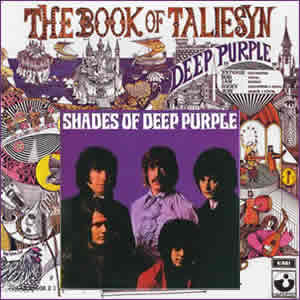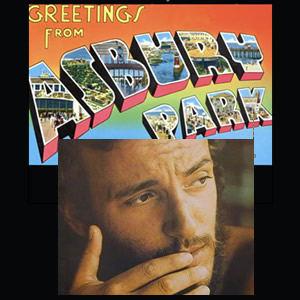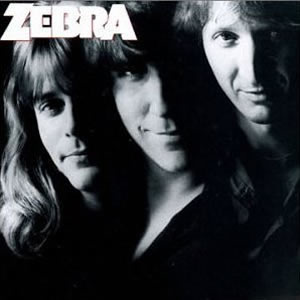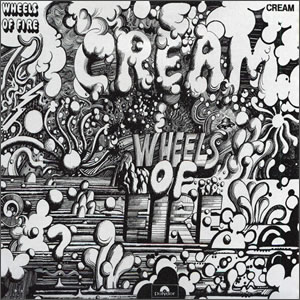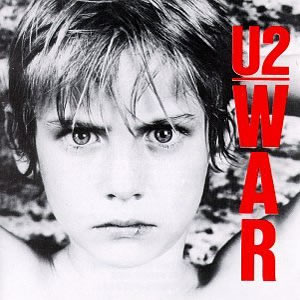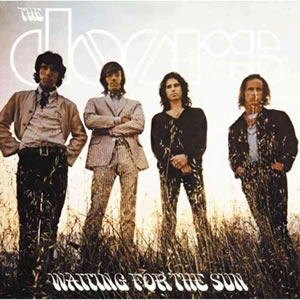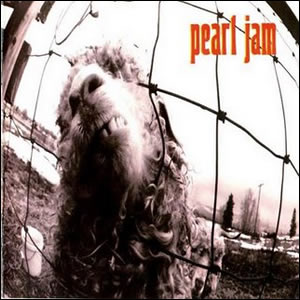The Kinks Are the
Village Green Preservation Society
Buy The Kinks are the Village Green Preservation Society Although it barely made a ripple critically or commercially upon its release the concept album The Kinks are the Village Green Preservation Society would […]


